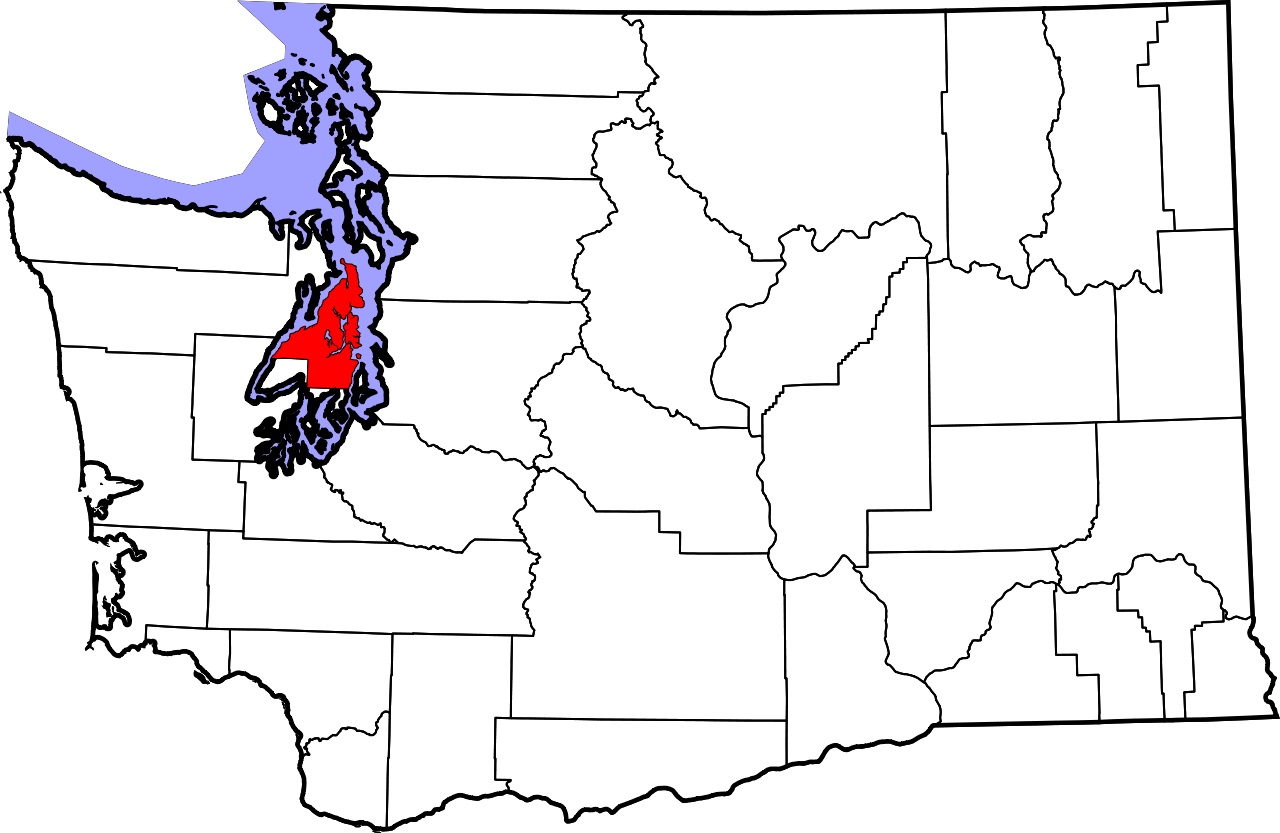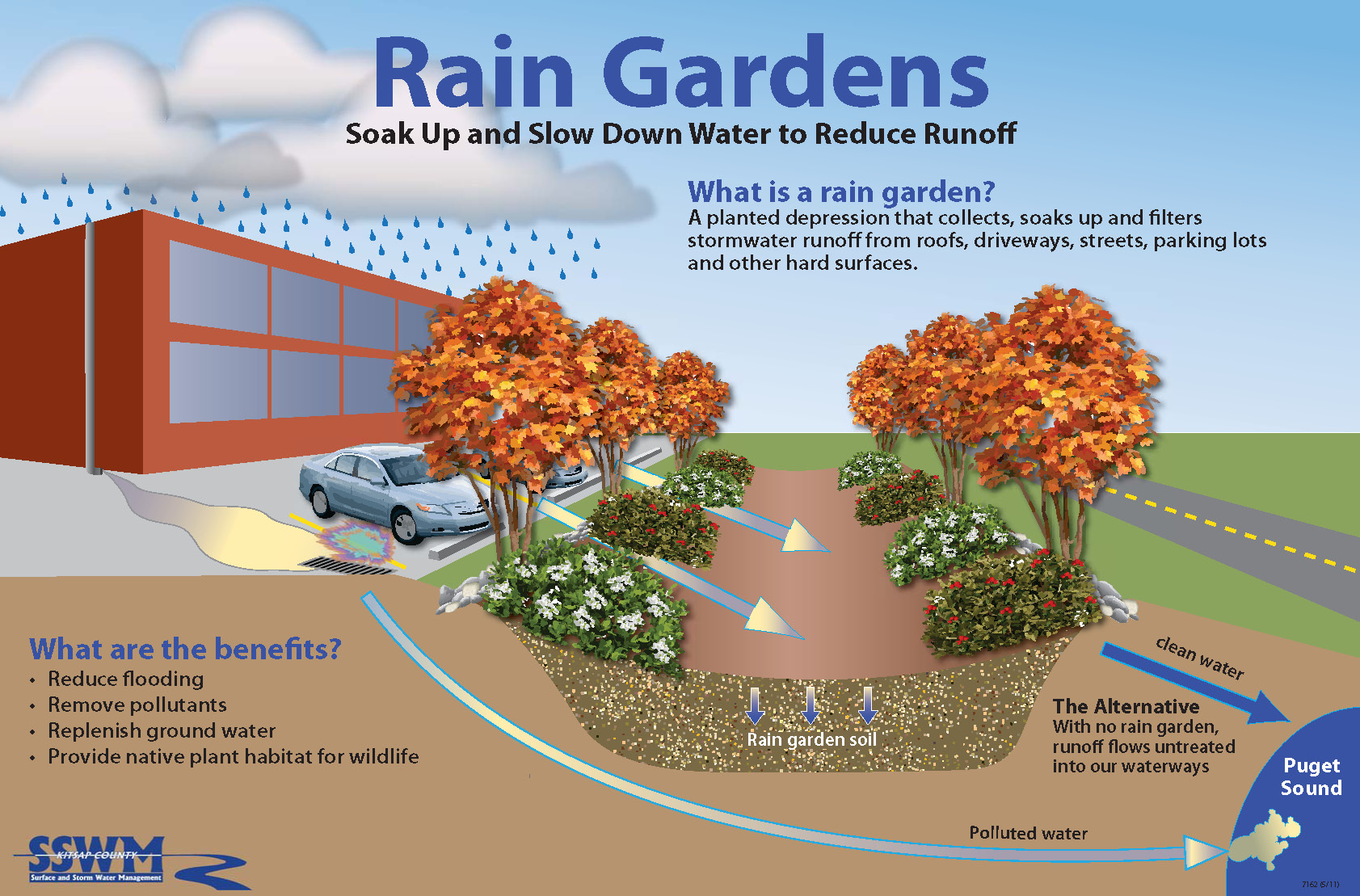“The key to the Whole Systems approach is understanding the integrated significance of the three flow paths in a watershed," says Chris May, Kitsap County

All across Puget Sound, local governments are seeing diverse benefits to helping private landowners build rain gardens. Generous incentive programs continue to be rolled out. Washington State University and Stewardship Partners are leading a new groundbreaking campaign to install 12,000 rain gardens in the Seattle/Puget Sound Region by 2016. To learn more, visit http://www.12000raingardens.org/
Cross-Border Collaboration Between British Columbia & Washington State
“Washington State and British Columbia are geographically similar, with a wet coast and a relatively dry interior separated by mountain ranges,” states Kim Stephens, Executive Director of the Partnership for Water Sustainability in BC, and principal author of Stormwater Planning: A Guidebook for British Columbia. 
“On the coast, Washington State’s Puget Sound and British Columbia’s Georgia Basin together comprise the Salish Sea. The bulk of the two populations reside in this Pacific Northwest bio-region. In terms of how rainwater management in a watershed context has evolved, there is a history of cross-border sharing and collaboration.”
Genesis for Hydrology-Based Framework
“Washington State research informed the early implementation of British Columbia’s Fish Protection Act (1997), the first legislation of its kind in Canada. In the mid-1990s, the pioneer work of Dr. Richard Horner and Dr. Chris May was transformational. Their findings resulted in a hydrology-based framework for protecting watershed health.”
“From our British Columbia perspective, the Horner and May framework provided us with a starting point for applying science-based understanding to reinvent drainage engineering practice, commencing with release of Stormwater Planning: A Guidebook for British Columbia in 2002.”
To Learn More:
The most complete reference to all stream research undertaken by Richard Horner and Chris May is their final report to the United States Environmental Protection Agency, published in 2004.
For an historical perspective on implementation of the hydrology-based framework in BC, click on Rainwater Management in a Watershed Context – What’s the Goal?
A Watershed is a Whole System
 “So many studies manipulate a single variable out of context with the whole and its many additional variables,” states Dr. Richard Horner, now an adjunct professor at the University of Washington. “We, on the other hand, investigated whole systems in place, tying together measures of the landscape, stream habitat, and aquatic life.” Richard Horner founded the Center for Urban Water Resources Management in 1990.
“So many studies manipulate a single variable out of context with the whole and its many additional variables,” states Dr. Richard Horner, now an adjunct professor at the University of Washington. “We, on the other hand, investigated whole systems in place, tying together measures of the landscape, stream habitat, and aquatic life.” Richard Horner founded the Center for Urban Water Resources Management in 1990.
 “The key to the Whole Systems approach is understanding the integrated significance of the three flow paths in a watershed – surface runoff, lateral interflow in shallow soils, and deep groundwater. Unlock that key and we can successfully implement appropriate measures so that creek systems are more resilient and therefore able to better cope with an altered flow regime,” continues Dr. Chris May, now Surface & Stormwater Division Director with Kitsap County Public Works in Washington State.
“The key to the Whole Systems approach is understanding the integrated significance of the three flow paths in a watershed – surface runoff, lateral interflow in shallow soils, and deep groundwater. Unlock that key and we can successfully implement appropriate measures so that creek systems are more resilient and therefore able to better cope with an altered flow regime,” continues Dr. Chris May, now Surface & Stormwater Division Director with Kitsap County Public Works in Washington State.
Work at Multiple Scales
“We at Kitsap County have used this Whole Systems concept to develop our strategy for retrofit and rehabilitation – it is not sufficient to do only a single (or even a few) things – it is necessary to do everything! We know we need to work on multiple scales and on multiple fronts to improve conditions in our small stream watersheds – that’s our strategy.”
“There are many factors that influence degradation, they all tend to be ‘necessary but not in themselves sufficient’ – in other words, there is not a single smoking gun – sure, impervious is the main culprit, but you can trash a stream just as badly by deforestation of the riparian zone (i.e. agriculture or poor forest harvest practices) as you can by paving over the headwaters with a mall.”
“First, we know that we need to address problems on the ‘parcel’ scale (i.e. one property owner at a time) – to do that we have a number of programs in Kitsap County, specifically:
- Rain Garden Rebate Program – Up to $1000 towards any Green Stormwater Solution (mostly rain gardens, but cisterns and permeable pavement are also covered) for residential and small (Mom & Pop) commercial sites.
- Commercial Inspection & Technical Assistance Program – mostly source control activities targeted at sites with high pollution and/or spill potential.
- Mutt-Mitt Program – pet waste reduction efforts.
- Backyard Habitat Grant Program – grants for stream restoration projects on private property.
- Agricultural Assistance Program – technical assistance to do farm plans and install agricultural Best Management Practices.
“Second, we need to do stormwater retrofits on the ‘neighborhood’ scale – this is our program to upgrade all our stormwater ponds and swales – try to bring them up to current standards if possible, but improve function of facilities and reduce operation and maintenance for sure. This is also the scale where our green street program comes in – build green streets (bioretention & PP) whereever possible.”
“Third, we need to work on the sub-basin or watershed scale – this is where we try to build new regional stormwater facilities. This is also the scale that our high-efficiency street sweepers operate at (Operation Green Sweep).”
“We also do much of our education & outreach at the watershed scale. This is also where we try to do stream and floodplain restoration because we know that even if we do all the stormwater management stuff we can in the uplands, the stream system will still never fully return to a ‘natural hydrologic regime’. Hence, this is the reason we have to make the creek itself more resilient to be able to cope with the altered flow regime better,” concludes Chris May.
The Goal: Mimic Natural Water Balance and Protect Water Quality
“Protection of watershed and stream health ultimately involves maintaining the natural proportion of rainwater entering streams via the three pathways: surface flow, interflow ( shallow sub-surface flow), and groundwater flow,” states Kim Stephens.
shallow sub-surface flow), and groundwater flow,” states Kim Stephens.
“This desired outcome is described as ‘mimicking the natural Water Balance’. Performance targets define how to ‘slow, sink and spread’ rainwater and thereby replicate natural processes.”
Mitigate ‘Changes in Hydrology’
“The work of Richard Horner and Chris May was a catalyst for the Province of British Columbia to embrace the Water Balance Methodology some 15 years ago,” states Richard Boase, Environmental Protection Officer with the District of North Vancouver, and Co-Chair of theWater Balance Model for British Columbia initiative.
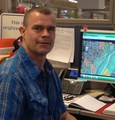 “When the watershed goal is protection of aquatic resources, two decades ago Richard Horner and Chris May proved that it is necessary to first mitigate ‘changes in hydrology’ – that is, changes in how rainwater reaches streams. The Water Balance Methodology addresses flow path differences, and leads to solutions that would maintain watershed health. ”
“When the watershed goal is protection of aquatic resources, two decades ago Richard Horner and Chris May proved that it is necessary to first mitigate ‘changes in hydrology’ – that is, changes in how rainwater reaches streams. The Water Balance Methodology addresses flow path differences, and leads to solutions that would maintain watershed health. ”
More than Surface Runoff
“Defining how much water can be retained, infiltrated, and detained on a lot is a completely different way of looking at the drainage problem and solutions,” explains 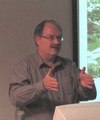 Jim Dumont, the Partnership’s Engineering Applications Authority.
Jim Dumont, the Partnership’s Engineering Applications Authority.
“Surface runoff is a small component of natural watershed function. The key to replicating watershed function and mitigating impacts is understanding ALL flow paths through the landscape. Then, Watershed-based Targets can be distilled into a set of design values that are easily applied at a lot level,”
“The Water Balance Methodology provides a logical and straightforward way to assess potential impacts resulting from urban development; and analytically demonstrate the effectiveness of the methods proposed for preventing and/or mitigating those impacts.”
To Learn More:
To download a copy of the guidance document released by the Partnership for Water Sustainability in February 2014, click on Primer on Water Balance Methodology for Protecting Watershed Health. The Primer storyline is structured in five parts:
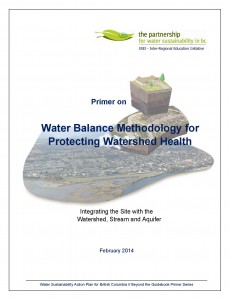 Part A: Watershed-Based Approach to Rainwater Management
Part A: Watershed-Based Approach to Rainwater Management- Part B: Water Balance Methodology Explained
- Part C: Science Behind the Methodology
- Part D: How to Establish Targets
- Part E: References
For a synopsis of each part, click on the following link to Table 1. Information is presented in a layered fashion to accommodate the interests of a continuum of audiences.


